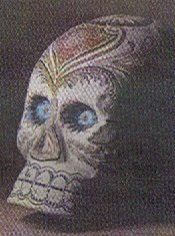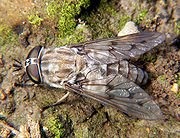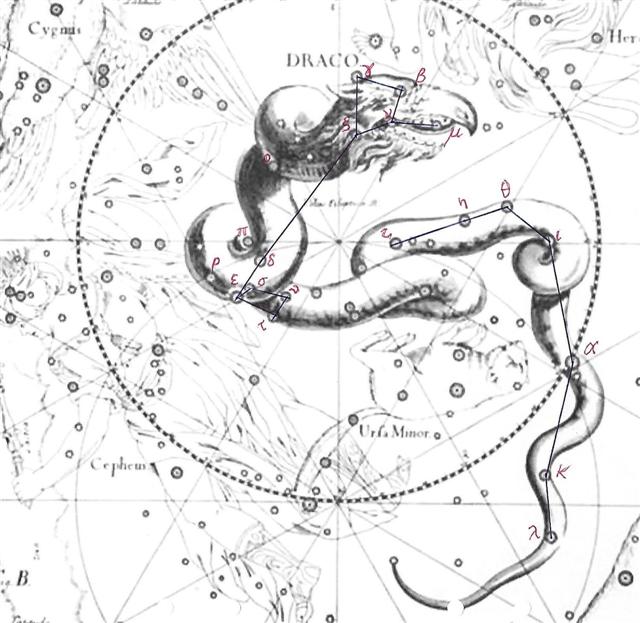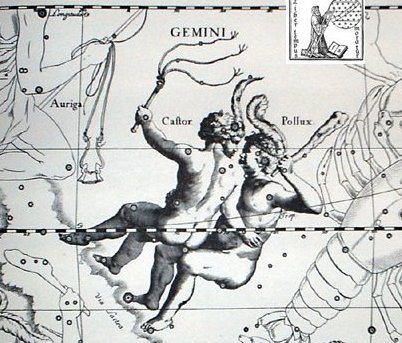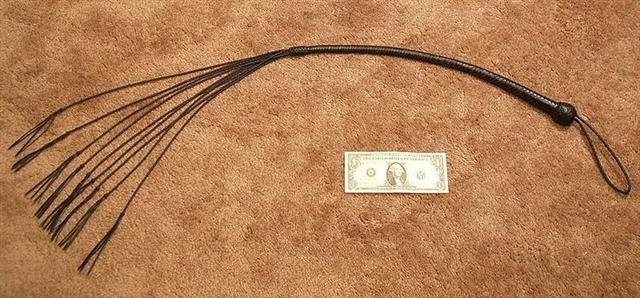Evidently we can obtain valuable information from combining the G glyphs with the C glyphs:
... The ordinary year in the previous Roman calendar consisted of 12 months, for a total of 355 days. In addition, a 27-day intercalary month, the Mensis Intercalaris, was sometimes inserted between February and March. This intercalary month was formed by inserting 22 days after the first 23 or 24 days of February; the last five days of February, which counted down toward the start of March, became the last five days of Intercalaris. The net effect was to add 22 or 23 days to the year, forming an intercalary year of 377 or 378 days ... The glyph type at Gb3-1 is takaure, which here probably indicates how the cycle (taka) of generation (ure) has just ended → The 'horse' of the Sun had dried up and become a 'fly' (takaure). ... They dug a grave, dug it very deep, and lined it with stones (he paenga). When that was done, they lowered the dead into the grave. Tuu Maheke took it upon himself to cover the area where the head lay. Tuu Maheke said, 'Don't cover the head with coarse soil (oone hiohio)'. They finished the burial and sat down. Night came, midnight came, and Tuu Maheke said to his brother, the last-born: 'You go and sleep. It is up to me to watch over the father.' (He said) the same to the second, the third, and the last. When all had left, when all the brothers were asleep, Tuu Maheke came and cut off the head of Hotu A Matua. Then he covered everything with soil. He hid (the head), took it, and went up. When he was inland, he put (the head) down at Te Avaava Maea. Another day dawned, and the men saw a dense swarm of flies pour forth and spread out like a whirlwind (ure tiatia moana) until it disappeared into the sky. Tuu Maheke understood. He went up and took the head, which was already stinking in the hole in which it had been hidden. He took it and washed it with fresh water. When it was clean, he took it and hid it anew. Another day came, and again Tuu Maheke came and saw that it was completely dried out (pakapaka). He took it, went away, and washed it with fresh water until (the head) was completely clean. Then he took it and painted it yellow (he pua hai pua renga) and wound a strip of barkcloth (nua) around it. He took it and hid it in the hole of a stone that was exactly the size of the head. He put it there, closed up the stone (from the outside), and left it there. There it stayed ...
The vacant lifeless place for the great fire up in the sky (Sun) had eventually become so cold and white as the snows in the night. It would be another quarter before the arrival of Sirrah = the Navel (of the flying Pegausus Horse), until the place where the next cycle was due to be born. 408 - 472 / 4 = 290. Ure. 1. Generation; ure matá, warlike, bellicose generation (matá, obsidian, used in making weapons). 2. Offspring; brother; colleague i toou ure ka tata-mai, your colleague has turned up. 3. Friendship, friendly relationship; ku-ké-á te ure, they have become enemies (lit.: friendship has changed). 4. Penis (this definition is found in Englert's 1938 dictionary, but not in La Tierra de Hotu Matu'a). Ure tahiri, to gush, to spurt, to flow; e-ure tahiri-á te toto, blood is flowing in gushes. Ure tiatia moana, whirlwind which descend quickly and violently onto the ocean; whirlpool, eddy. Vanaga. Penis; kiri ure, prepuce, foreskin. P Pau., Mgv., Ta.: ure, penis. Ureure, spiral. Ta.: aureure, id. Urei, to show the teeth. Mgv.: urei, to uncover the eye by rolling back the lids. Churchill. Pau.: Ureuretiamoana, waterspout. Ta.: ureuretumoana, id. Churchill. H. Ule 1. Penis. For imaginative compounds see 'a'awa 1, 'aweule, ulehala, ulehole, ulepa'a, ulepuaa, ule'ulu. Kū ka ule, he'e ka laho, the penis is upright, the scrotum runs away (refers to breadfruit: when the blossom (pōule) appears erect, there will soon be fruit). 2. Tenon for a mortise; pointed end of a post which enters the crotch of a rafter (also called ma'i kāne). Ho'o ule, to form a tenon or post for the crotch of a rafter. 3. To hang. Wehewehe.
The name Snowball Nebula for NGC7662 Andromedae was presumably chosen because it was perceived as fitting:
As to Giauzar (λ Draconis) up at the North Pole this place should then represent the opposite of death (†), namely rebirth (*).
|
|||||||||||||||||||||||||||||||||||||

